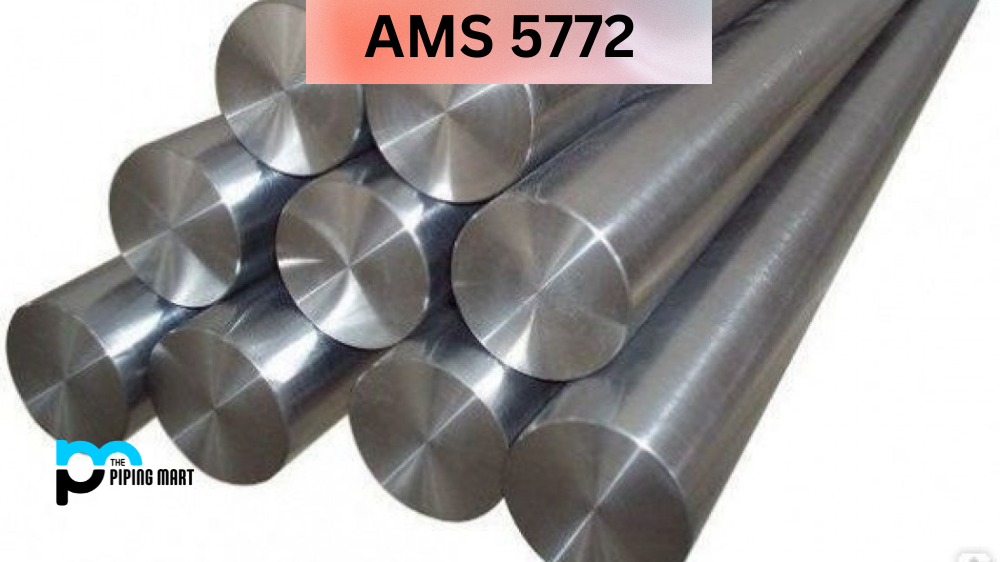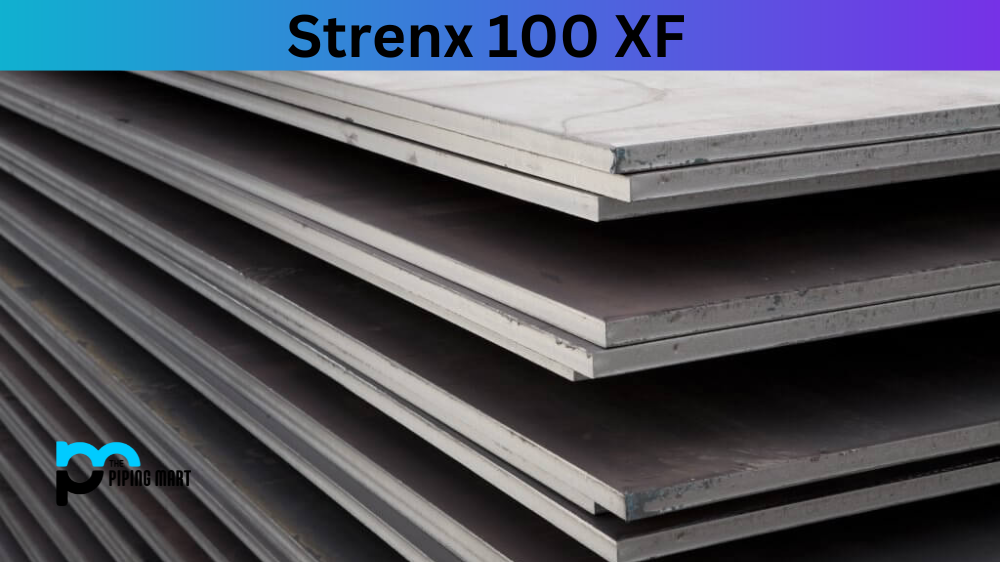AMS 4123 is a metal alloy commonly used in industrial applications. It is a type of aluminium bronze composed of copper, aluminium, iron, and nickel. This alloy has several valuable properties, including high strength, good corrosion, and excellent heat resistance. In this blog post, we will dive deeper into the composition, physical and mechanical properties, uses, hardness, and heat treatment of AMS 4123.
What is AMS 4123?
AMS 4123 (also known as 7075 Aluminum Alloy) is a specification for aluminium alloy products used in applications where high strength and corrosion resistance are crucial factors. This specification outlines the mechanical and physical properties of the aluminium alloys and their heat treatment, testing, and inspection requirements. It is widely used in the aerospace industry, where the highest quality and performance standards are required. When choosing suitable materials for aerospace components, AMS 4123 is a reliable and proven standard that engineers and manufacturers can trust to deliver the desired results.
What form is AMS 4123 Available at Piping Mart?
- Pipes
- Tubing
AMS 4123 Composition:
As mentioned earlier, AMS 4123 is an aluminium bronze alloy. It is composed of 89% copper, 7% aluminium, 3% iron, and 1% nickel. The alloy is known for its excellent wear properties and high strength, making it an ideal choice for parts subjected to increased stress and wear.
|
Si |
Fe |
Cu |
Mn |
Mg |
Cr |
Zn |
Ti |
Others-Each |
Others Total |
Al |
|
|---|---|---|---|---|---|---|---|---|---|---|---|
| 7075 |
0.40 |
0.50 |
1.2-2.0 |
0.30 |
2.1-2.9 |
0.18-0.28 |
5.1-6.1 |
0.20 |
0.05 |
0.15 |
Remainder |
AMS 4123 Physical Properties
AMS 4123 has a density of 7.77 g/cm³ and a melting point of 1030 °C. It has a thermal conductivity of 54 W/m-K and a specific heat capacity of 370 J/kg-K. The alloy has good corrosion resistance, making it an ideal choice for marine applications. Additionally, the alloy is non-magnetic and has a low coefficient of thermal expansion.
AMS 4123 Mechanical Properties
AMS 4123 has impressive mechanical properties as well. The alloy has a yield strength of 690 MPa and a tensile strength of 930 MPa. It has a hardness of 190 Brinell and an elongation of 12%. The alloy also has excellent fatigue resistance, making it an ideal choice for applications where parts are subjected to significant loads.
| Alloy-Temper |
Tensile Strength (ksi) |
Yield Strength (ksi) |
Elongation (%) |
|---|---|---|---|
| 7075-O |
33 |
15 |
16 |
| 7075-T6 |
83 |
73 |
11 |
AMS 4123 Uses
AMS 4123 is used in various industrial applications, particularly in the marine industry. It is commonly used to manufacture propellers, valve stems, and pump parts. The alloy’s excellent wear resistance and high strength make it an ideal choice for components subjected to high loads and wear. It is also used to make high-stress components such as gears and bearings.
AMS 4123 Hardness
As mentioned earlier, AMS 4123 has a hardness of 190 Brinell. It is hard and can withstand significant wear and tear. The alloy’s high hardness makes it ideal for components that require high-stress applications, such as gears and bearings.
AMS 4123 Heat treatment
AMS 4123 can be subjected to heat treatment to further enhance its properties. The most common heat treatment method is solution annealing, which involves heating the metal to a specific temperature and cooling it quickly. This process improves the alloy’s strength and ductility, making it more suitable for high-stress applications.
Conclusion:
AMS 4123 material is an excellent choice for various industrial applications, particularly in the marine industry. The alloy’s composition, physical and mechanical properties, hardness, and heat treatment make it ideal for high-stress and high-wear applications. Its excellent corrosion resistance and non-magnetic properties make it a perfect choice for components exposed to marine environments. Understanding the properties and applications of AMS 4123 can help manufacturers make better choices when selecting materials for their products.

A passionate metal industry expert and blogger. With over 5 years of experience in the field, Palak brings a wealth of knowledge and insight to her writing. Whether discussing the latest trends in the metal industry or sharing tips, she is dedicated to helping others succeed in the metal industry.




